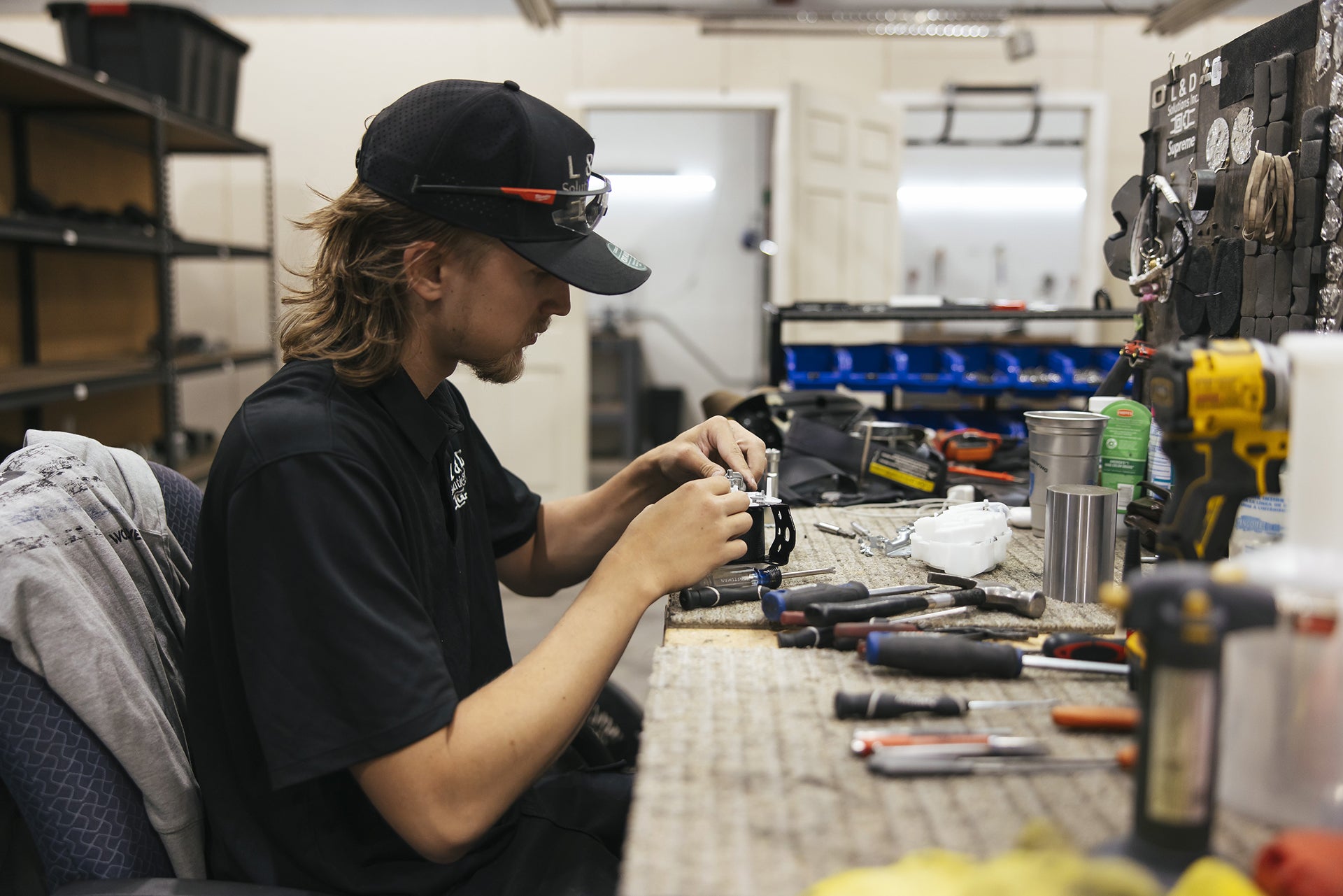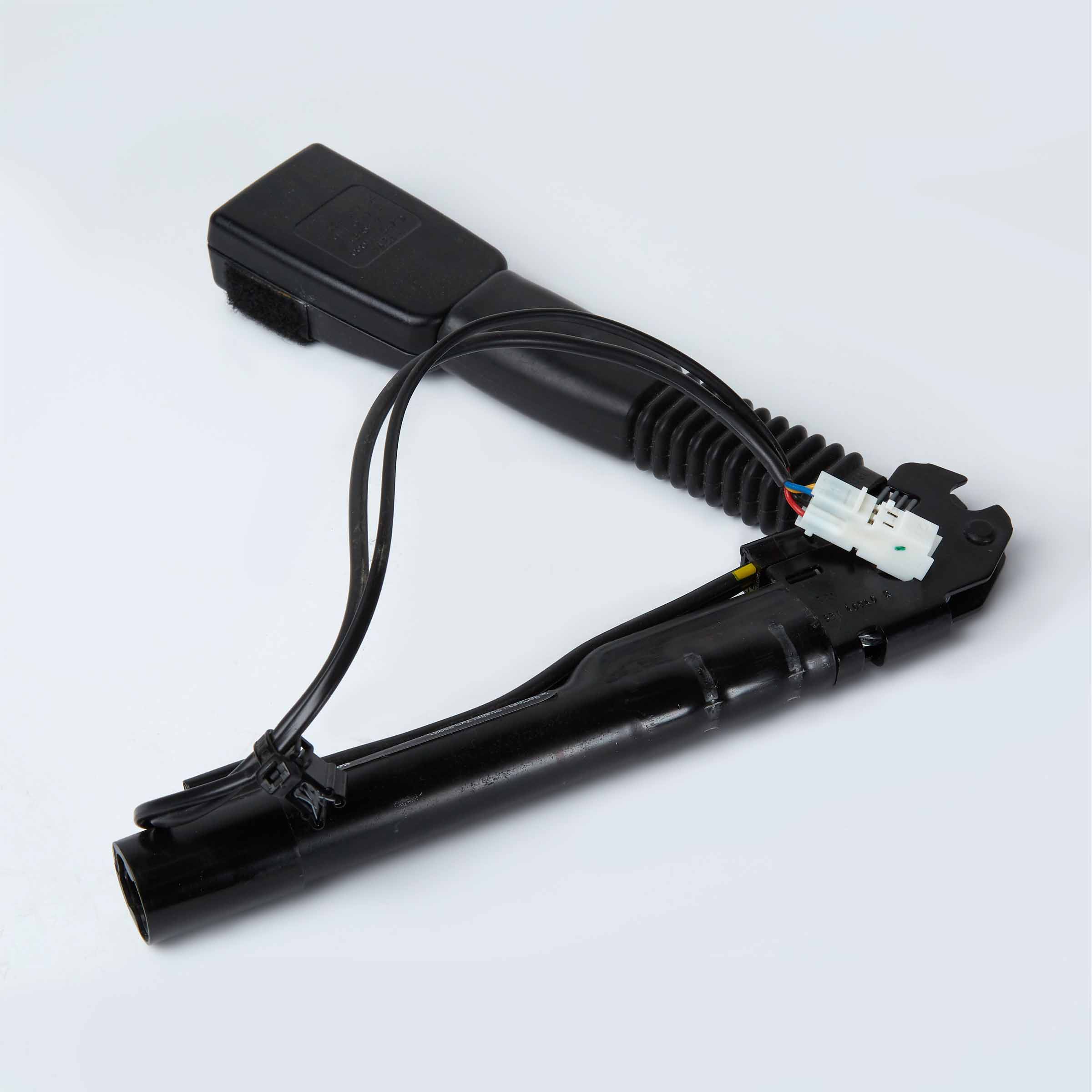When you get in the car, the last thing you expect is a seat belt that won’t budge. A stuck seat belt can be more than an inconvenience, it’s a safety hazard. You know you can’t ignore it, but you might not know why it happens or how to solve it without making things worse.
I’ve seen drivers tug, twist, and yank at a belt until the retractor finally gives way, or snaps completely. Here’s the thing: forcing it is rarely the right move. If you understand why a seat belt gets stuck, you can often fix it quickly. Even better, you can prevent it from happening again.
In this guide, we’ll break down the causes, walk through safe solutions, and give you prevention tips that actually work.
Why Seat Belts Get Stuck
A seat belt is a simple-looking device, but it hides a surprisingly intricate mechanism. When it locks up, the cause is usually one of three things:
1. Retractor Locking Mechanism Engaged
Seat belts are designed to “lock” when they detect sudden movement, like during a hard brake. Sometimes, though, the retractor stays engaged after normal use. That’s when you pull, and the belt refuses to move.
2. Twisted or Jammed Webbing
A fold in the belt fabric can jam the retractor spool. Dust, dirt, or even small debris caught in the belt path can do the same.
3. Internal Damage or Wear
Over time, the spring tension inside the retractor weakens. In older vehicles, worn parts or even corrosion can cause the seat belt to stick permanently.
Immediate Fixes for a Stuck Seat Belt
Let’s be honest: you’re not going to take apart your whole seat belt assembly on the side of the road. You need practical steps that work in real life.
Gentle Pull and Release
- Fully retract the belt if possible.
- Pull slowly, then let it feed back.
- Repeat with steady, even pressure, never yank.
This helps reset the locking pawl inside the retractor.
Straighten the Webbing
Check the belt path for twists. Even a small fold can cause resistance. Flatten the fabric by hand before trying again.
Reset the Retractor Angle
Retractors are sensitive to angle. If you’re parked on a slope, the belt may be tilted enough to trigger the lock. Try adjusting the seat position or pulling from a slightly different angle.
Light Cleaning
Wipe down the belt with a damp cloth. If dirt buildup is heavy, use mild soap and water, but avoid soaking the retractor.
If none of these work, the problem may be inside the mechanism. At that point, you’ll need professional repair or replacement.
When DIY Isn’t Enough
Here’s the truth: sometimes, a stuck seat belt is a symptom of bigger issues. I’ve seen cases where the retractor spring snapped, or the pretensioner fired after a crash and permanently locked the belt. No amount of tugging will fix that.
In those situations, your options are limited:
- Professional repair. A technician can disassemble and rebuild the retractor.
- Replacement. If the pretensioner has deployed, the only safe solution is a new or refurbished belt.
That’s where L&D Solutions comes in. We specialize in restoring seat belts after accidents. Instead of replacing the entire unit, which can cost hundreds from the dealer, we repair and certify them to meet OEM standards.
Prevention: Keeping Your Seat Belt from Getting Stuck
Fixing the problem once is good. Preventing it from happening again is better.
Here’s how you keep your seat belt working smoothly:
Regular Cleaning
- Wipe belts monthly with a mild fabric cleaner.
- Avoid harsh chemicals that weaken fibers.
- Let them dry fully before retracting.
Smooth Operation
- Don’t slam or let the belt snap back.
- Guide it back into the retractor with your hand.
- This keeps the spring tension consistent.
Avoid Heavy Loads on Belts
Kids tugging, pets chewing, or groceries leaning against a retracted belt can all cause damage. Protect your belts from unnecessary strain.
Annual Inspection
Just like oil changes or tire checks, make seat belts part of your maintenance routine. A quick look at the webbing and a pull test on the retractor can catch issues early.
Comparing Quick Fixes vs. Professional Repair
| Situation | Quick Fix Works? | Professional Repair Needed? |
|---|---|---|
| Belt twisted or folded | Yes | No |
| Dirt or debris in the track | Yes | Sometimes |
| Locking pawl engaged | Yes | No |
| Worn spring or damaged retractor | No | Yes |
| Pretensioner deployed after accident | No | Yes |
Why It Matters More Than You Think
Some drivers shrug off a stuck seat belt, especially if it’s in a back seat that doesn’t get much use. But let’s not kid ourselves, seat belts are your first line of defense in a crash. If they don’t work properly, airbags and crumple zones won’t mean much.
Think of it like a parachute. You’d never jump from a plane with one that only sometimes opens. The same goes for your car’s restraints.
Expert Insight: What I’ve Seen in the Field
From what I’ve seen, seat belt issues usually show up in one of two scenarios:
- Older vehicles. Ten years of sun exposure, dirt, and everyday use take a toll.
- After accidents. Even minor fender benders can trigger pretensioners or stress retractors in ways you don’t notice right away.
The drivers who act quickly, cleaning, checking, and repairing, avoid bigger repair bills and stay safer on the road. Those who don’t? They usually end up calling for emergency repairs after failing a state inspection or, worse, after another accident.
Final Takeaway
A stuck seat belt isn’t just an annoyance, it’s a warning sign. Sometimes it’s a quick fix, like straightening the webbing or resetting the retractor. Other times, it points to deeper mechanical issues that demand professional repair.
Here’s the bottom line:
- Try the simple fixes first.
- Don’t force it.
- If the belt still won’t work, get it repaired or replaced.
At L&D Solutions, we help drivers avoid costly replacements by restoring seat belts to OEM standards. If you’ve got a belt that won’t budge, or one that locked up after an accident, don’t wait. Reach out today and get back on the road with confidence.




Leave a comment
This site is protected by hCaptcha and the hCaptcha Privacy Policy and Terms of Service apply.